
Iran’s electricity consumption exceeds 41 GW
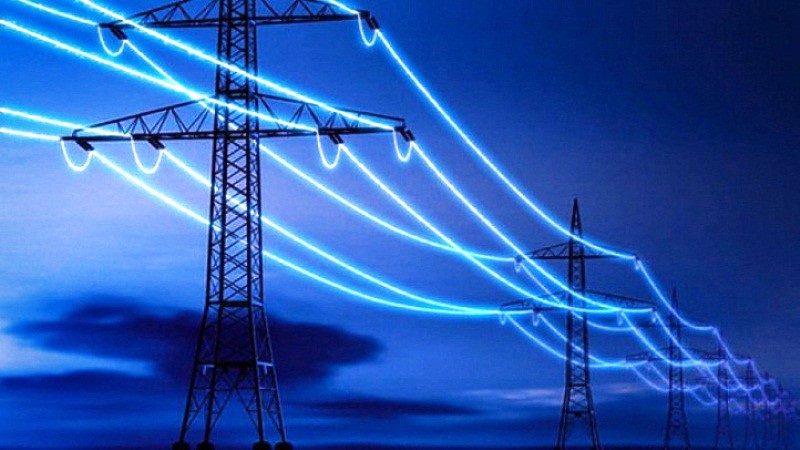
As reported, the country’s electricity consumption stood at 38,695 MW on the same date last year, which means the consumption has increased by 2,999 MW.
Based on the data, electricity consumption by the industry sector also exceeded 4,000 megawatts (MW) and reached 4,577 MW on the mentioned day.
Power plant power storage also increased to 3,662 MW, and the output of the country’s renewable power plants reached 3,711 MW, according to the IGMC data.
Last week, Iran’s Power Generation and Distribution Company (known as TAVANIR) announced that the country’s electricity consumption, since the beginning of the current Iranian calendar year (March 20) up to May 6 has increased by five percent compared to the same period last year.
According to Mostafa Rajabi Mashhadi, despite the coronavirus outbreak which led to the closure of some industrial units, the country’s electricity consumption has increased following the beginning of the hot season.
“If this trend continues after all inactive units start operating, the country's energy consumption will increase very significantly and we will face power shortages during the peak consumption periods,” he regretted.
The official further mentioned the Energy Ministry’s incentives for encouraging consumption management, saying last year, nearly 3.06 trillion rials (about $72.85 million) were paid to the households and industrial subscribers cooperating in the consumption management program in the form of incentives and relief packages, however.
In the past decade, constant temperature rising and the significant decrease of rainfalls across Iran have put the country in a hard situation regarding electricity supply during peak consumption periods.
In this regard, the Energy Ministry has been following new strategies in recent years to manage the consumption and lessen the electricity losses in the national grid.

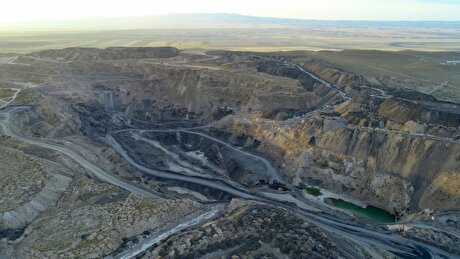
Uzbek gold miner said to eye $20 billion value in dual listing

Peabody–Anglo $3.8B coal deal on the brink after mine fire
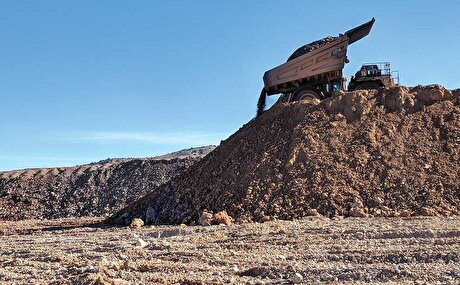
Minera Alamos buys Equinox’s Nevada assets for $115M

Adani’s new copper smelter in India applies to become LME-listed brand
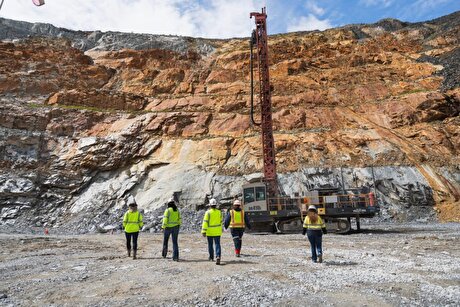
OceanaGold hits new high on strong Q2 results

Cochilco maintains copper price forecast for 2025 and 2026

Discovery Silver hits new high on first quarterly results as producer

Trump says gold imports won’t be tariffed in reprieve for market

De Beers strikes first kimberlite field in 30 years

UBS lifts 2026 gold forecasts on US macro risks

BHP shares near priciest valuation since 2021 on shift to miners

African Rainbow boosts Surge Copper stake to 19.9%
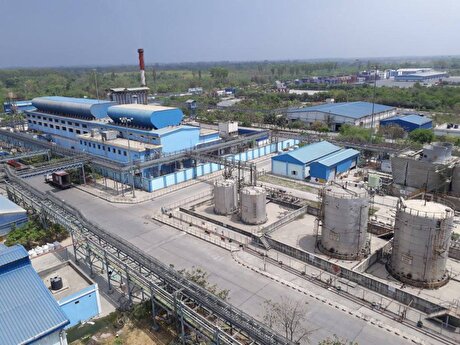
Hindustan Zinc to invest $438 million to build reprocessing plant
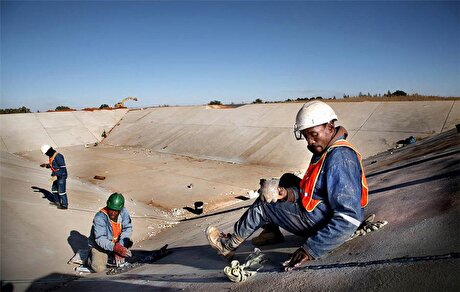
South Africa mining lobby gives draft law feedback with concerns

Wooden church sets off on slow Swedish road trip to escape mining subsidence
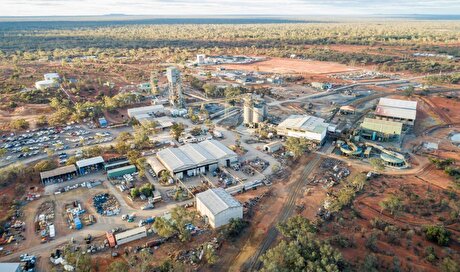
Harmony Gold’s MAC Copper takeover gets regulatory nod

Povrly Copper Industries orders a breakdown rolling mill for high-quality copper, brass, and bronze strip production

Advanced cold-rolled strip for China’s New Energy Vehicle market

A Danieli greenfield project for competitive, quality rebar production

UBS lifts 2026 gold forecasts on US macro risks

BHP shares near priciest valuation since 2021 on shift to miners

African Rainbow boosts Surge Copper stake to 19.9%

Hindustan Zinc to invest $438 million to build reprocessing plant

South Africa mining lobby gives draft law feedback with concerns

Wooden church sets off on slow Swedish road trip to escape mining subsidence

Harmony Gold’s MAC Copper takeover gets regulatory nod

Povrly Copper Industries orders a breakdown rolling mill for high-quality copper, brass, and bronze strip production

Advanced cold-rolled strip for China’s New Energy Vehicle market














